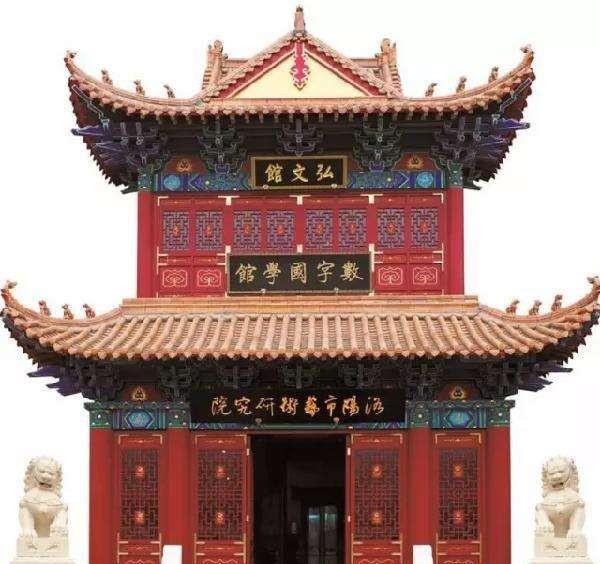
Ancient Chinese collections, school texts, teaching students and apprentices, and participating in the official office of the evolution of the imperial court system and etiquette. From the Eastern Han Dynasty to the Southern and Northern Dynasties, there were names such as Dongguan, Chongwenguan, Smart Hall, and Shilinguan, all of which wrote literary history and gathered students. The Tang and Song Dynasties Hongwen Museum continued from this and developed, and together with Jixian Academy and Shiguan, it was called "Three Pavilions".
In the fourth year of Tang Gaozu Wude (621), he set up the ShuwenGuan in Menxia Province. In the ninth year, it was changed to Hongbunkan. In the first year of Emperor Zhongzong of Tang (705), in order to avoid Emperor Xiaozong of Tang's Li Hong, he changed his name to Zhaowenguan. In the seventh year of the reign of Emperor Xuanzong of Tang (719), the old name of fuhong Wenguan was restored. The library has more than 200,000 volumes of books, and it is a doctor of preaching. During the reign of Emperor Taizong of Tang, those who had ordered the capital to be above the five pins of the imperial court were under the command of the museum to learn calligraphy. During the reign of Emperor Gaozong of Tang, he selected Miaojian Xianliangguan to serve as a bachelor of five pins or above, and was in charge of the study of the book of rational drawings and correction of errors. There are direct bachelors and literature direct halls, all of which are led by other officials and have no quota. After the Arch of the Wu Dynasty, the chancellor and consular affairs, the number of the museum owner, by the judge of the museum alone to assist in handling the affairs of the museum. School Scrivener and School Counselor specialize in school science texts. In addition, there are several people who are in charge of the history of the order, the calligrapher, the pen for the pen, the canon, the folding hand, the penman, the decorator, the pavilion chief, and the palm of the deceased, to handle the affairs of the school's canonical books. There are 38 students in the museum, selected from the children of the imperial family and the xunchen, who learn the history of the scriptures and calligraphy, and all the professors and examinations, such as the system of the Guozi Supervisor.
In the third year of the Reign of Emperor Taizong of Song (978), he founded the Three Pavilions of Zhaowenguan, Jixianyuan, and Shiguan, and gave him the name Chongwenyuan, and the official positions were all named after the Tang system. At the same time, there are three major libraries, the east corridor is the Zhao Library, the south corridor is the Jixian Library, and the west corridor is the Shiguan Library. In the first year of the reign of Emperor Taizong of Song (988), he built a secret cabinet in the nave of chongwenyuan to collect the authentic texts, calligraphy and paintings of the "Three Pavilions". In the seventh year (1117) of the Song Hui Zongzheng, he compiled the "General Catalogue of Secretaries" on the "Three Museums" collection. In the Yuan Dynasty and the Ming Taizu Hongwu Chu, there was a Hongwen Pavilion, which was soon abolished, and the Ming Xuanzong Xuandejian was restored, and later merged into the Wenyuan Pavilion. Pay attention to the Encyclopedia of China database WeChat public account to learn more